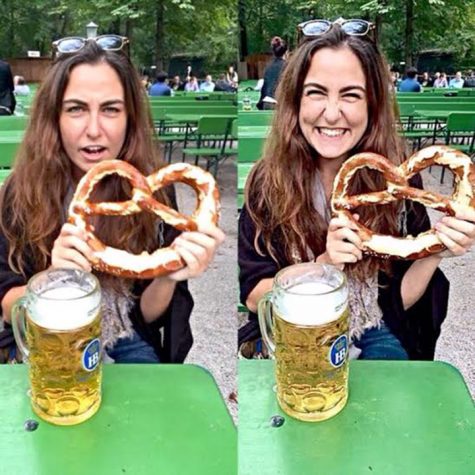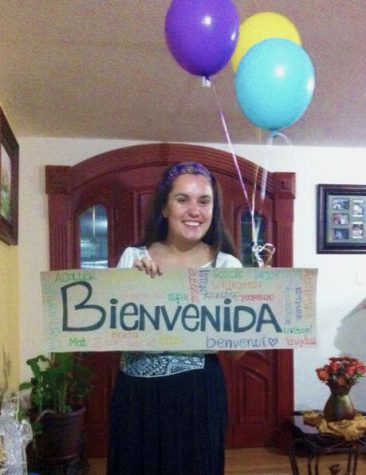DURBAN: Reflections (Part II)
When I came back from my rural homestay, I came back with the knowledge that I’d only have one more week with my Cato Manor family. My Cato Manor house had been home for nearly five weeks, and during that that I’d bonded with my mother, brother, sister and her son.
I’d gotten used to navigating down the steep driveway and steps to my house, which was surrounded by laundry blowing in the wind and a landscape of hills filled with houses. I knew the winding footpaths, and I could instruct a confused cabby on how to get to my house. The warm spirit of Cato was welcoming – I loved greeting people in isiZulu and testing how far my language knowledge went.
Leaving my family was a hard day. Time seemed to forget the rules and speed up then slow down until ten to two when I lugged my luggage to the front gate. After hugging my family I climbed into the van. I plan on returning to see my Cato family before I leave, but loading into the van and watching my house and then neighborhood fade into the distance felt very final.
Twenty minutes later we were in Newlands East, my home for two weeks. Newlands has a different racial demographic than Cato. Whereas Cato has a predominately black population, Newlands West has a majority Indian population, and Newlands East has a mostly coloured population.
I’ve discussed earlier that South Africa’s breakdown of racial groups is different from the United State’s. The racial class coloured is not recognized separately in the U.S., and many Americans upon hearing someone classified as coloured would assume that the label was politically incorrect if not all-out insulting. Here in South Africa the coloured population became a separate class during apartheid and persists in the present. A coloured person is of mixed race.
As you may guess, the family I’m staying with in Newlands East is coloured. Another SIT student who is my friend is also staying with me at my Newlands East home. My family consists of my mother, my three sisters (the oldest one happens to be only three days younger than me), my eldest sister’s boyfriend, and my aunt and her 1-month-old daughter.
We live on the third floor of an apartment, which is situated on the slope of a hill. From our house you can follow a foot path to get to the street below which has a minimart, several spaza shops (informal stores run usually out of the window of a house), a garage with a pool table that neighborhood men congregate around, and two houses that six other SIT students live in. If you walk the opposite way of the footpath and up some stairs you arrive at the road our van picks up from to drive us to school.
My family is different that my Cato family, but they’re already becoming part of what it means to go home. Their accents are very different than the accent Zulu people have. Here they roll their R’s, and even though they speak in English, their accent sometimes sounds like they’re speaking in a different language. Their accent can be attributed to multiple sources, but it’s undoubtedly different from other accents outside the coloured community.
For example, one of my first nights here one of our sisters asked me and the other SIT student a question. We thought she asked if we were voters so we responded yeah, we voted for Obama! After the awkward silence that followed I asked if she had asked if we were voters, which led to us finding out that she’d actually asked if we had photos.
Despite several misunderstandings we’re getting along very well. In our home here it’s interesting to see that our family watches soap operas in English and Afrikaans as opposed to our Cato families who watched soaps in English and isiZulu. On the 24th we will have been here a week, and on the second of April we will depart to an apartment to work on our ISP (Independent Study Project).
Next week on Friday, Saturday, and Sunday (Easter Weekend) the majority of my SIT group and I will attend Splashy Fen – a South African music festival. I’ll be sure to update you on the experience after the conclusion of this three-part reflection.




